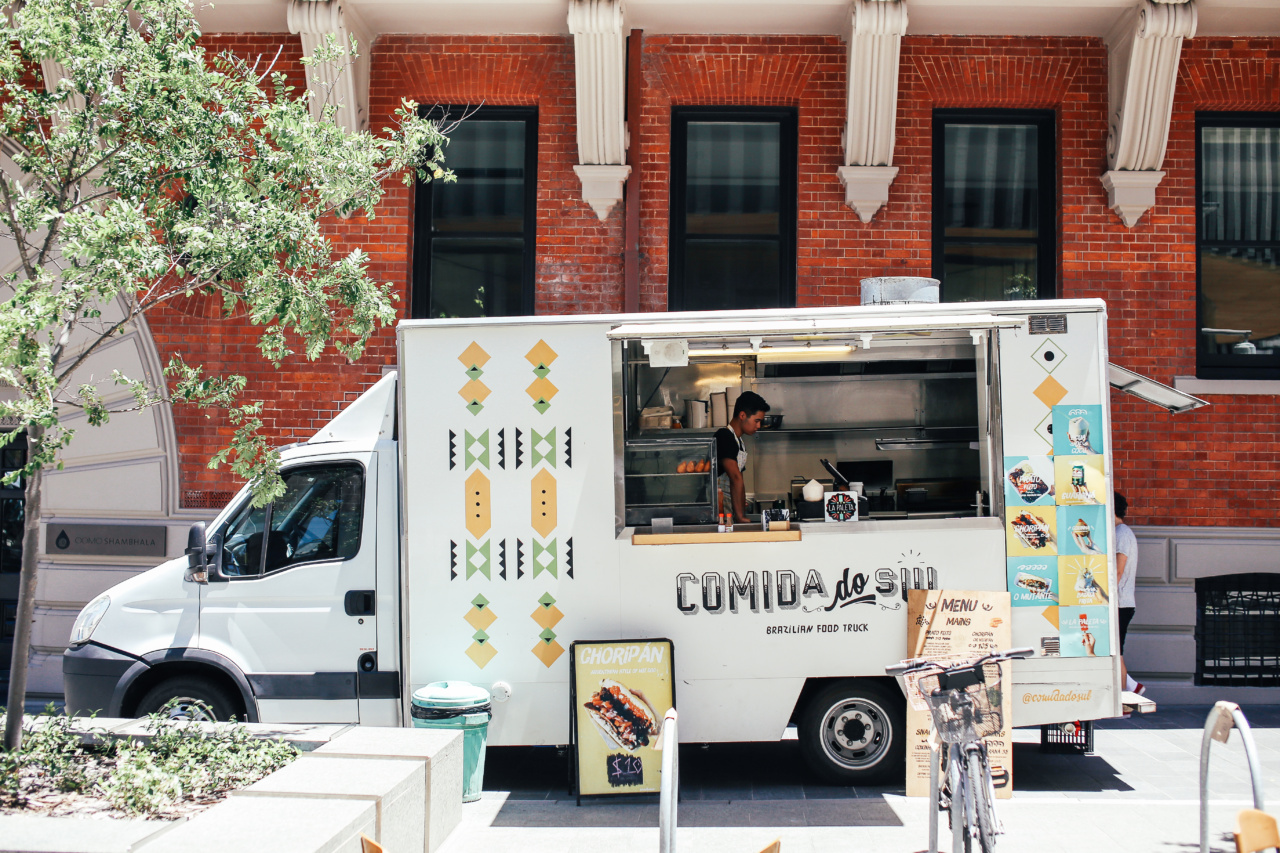Food preferences vary among individuals, and these choices are influenced by several factors, including personal taste, cultural background, health concerns, and social context.
People’s food preferences are often evident in public situations, where they may make conscious or unconscious decisions based on various factors. In this article, we will explore the dynamics of food preferences in public settings and analyze the underlying factors that contribute to these choices.
Social Influence on Food Preferences
Social influence plays a significant role in shaping food preferences in public situations. People tend to conform to societal norms and may choose certain foods to fit in or avoid judgment.
For example, in a business lunch setting, individuals might opt for a healthier option over a greasy meal to maintain a professional image and appear health-conscious.
Additionally, social interactions often revolve around food, and individuals may choose specific dishes or cuisines to foster a sense of belonging or engage in cultural exchange.
Attending a potluck dinner or a restaurant with friends might prompt individuals to showcase their culinary preferences or try exotic foods that they typically wouldn’t consider.
Cultural Background and Food Choices
Cultural background plays a significant role in determining food preferences. Different cultures have distinct culinary traditions, and individuals may adhere to these traditions, particularly in public settings where cultural identity is valued.
For instance, someone from a Middle Eastern background might choose falafel or hummus as a reflection of their heritage, even when dining in a diverse public setting.
Cultural upbringing also influences taste preferences and familiarity with certain flavor profiles.
For example, individuals exposed to spicy foods from an early age may develop a preference for heat, leading them to choose spicier dishes when dining out in public.
Health Concerns and Dietary Restrictions
Many individuals have specific health concerns or dietary restrictions that inform their food choices, even in public situations.
Vegetarians and vegans, for instance, may opt for plant-based dishes when dining out to align with their ethical beliefs and dietary needs. Similarly, individuals with gluten intolerance or allergies may select gluten-free options to avoid adverse reactions.
Moreover, people with specific health goals, such as weight loss or maintenance, may make conscious choices to select healthier options when eating out.
Public situations may present challenges in adhering to dietary goals, but individuals often find ways to make suitable choices while still enjoying their meals.
Marketing Influence on Public Food Preferences
Marketing tactics employed by restaurants and food brands have a substantial impact on public food preferences.
Clever advertisements, online reviews, and social media influencers can sway individuals’ choices, convincing them to try new dishes or visit specific eateries.
Menu design and presentation also play a crucial role in shaping preferences. Restaurants often highlight certain dishes or use visually appealing imagery to entice customers and guide their decision-making process.
Limited-time offers and promotions can create a sense of urgency, prompting individuals to try a particular menu item in a public setting.
Perceived Image and Food Choices
In public situations, individuals may consider the perception of others when making food choices. Many people aspire to project a specific image to their peers, colleagues, or strangers, which can influence their decision on what to eat.
Someone concerned about being perceived as health-conscious may opt for a salad or lean protein, even if other options may be more appealing to their taste buds.
Conversely, some individuals may intentionally choose indulgent or extravagant food options to convey a particular image, such as sophistication or wealth.
This behavior is often observed in high-end restaurants or social events, where fine dining plays a significant role in portraying a specific lifestyle or status.
Economic Factors and Food Choices
Economic factors can also shape food preferences in public situations. Individuals with limited financial resources may opt for cheaper, less nutritious options, while those with higher disposable incomes may indulge in more expensive or gourmet foods.
The availability of certain foods in a specific location or establishment can also influence choices, as individuals tend to select from the options accessible to them.
Furthermore, promotional offers, loyalty programs, and discounts may sway individuals towards particular food choices when dining out in public. The perception of getting a good deal or value for money can strongly impact decision-making processes.
Personal Taste and Individuality
Personal taste and individuality remain primary influencers of food preferences in public situations. While external factors, as discussed previously, play a significant role, ultimately, people prioritize their own likes and dislikes.
Some individuals have adventurous palates and constantly seek new and unique culinary experiences, while others may stick to familiar comfort foods.
Additionally, personal dietary preferences or restrictions, such as a preference for spicy foods, an aversion to certain ingredients, or simply having a sweet tooth, guide individuals’ choices in public settings.
It is essential to recognize and respect these preferences when dining out in groups to ensure inclusivity and enjoyment for all.
Conclusion
Food preferences in public situations are influenced by a myriad of factors.
Social influence, cultural background, health concerns, marketing tactics, perceived image, economic factors, and personal taste collectively contribute to individuals’ decision-making processes. Understanding and acknowledging these dynamics can help create more inclusive and enjoyable experiences for all individuals in public dining settings.































